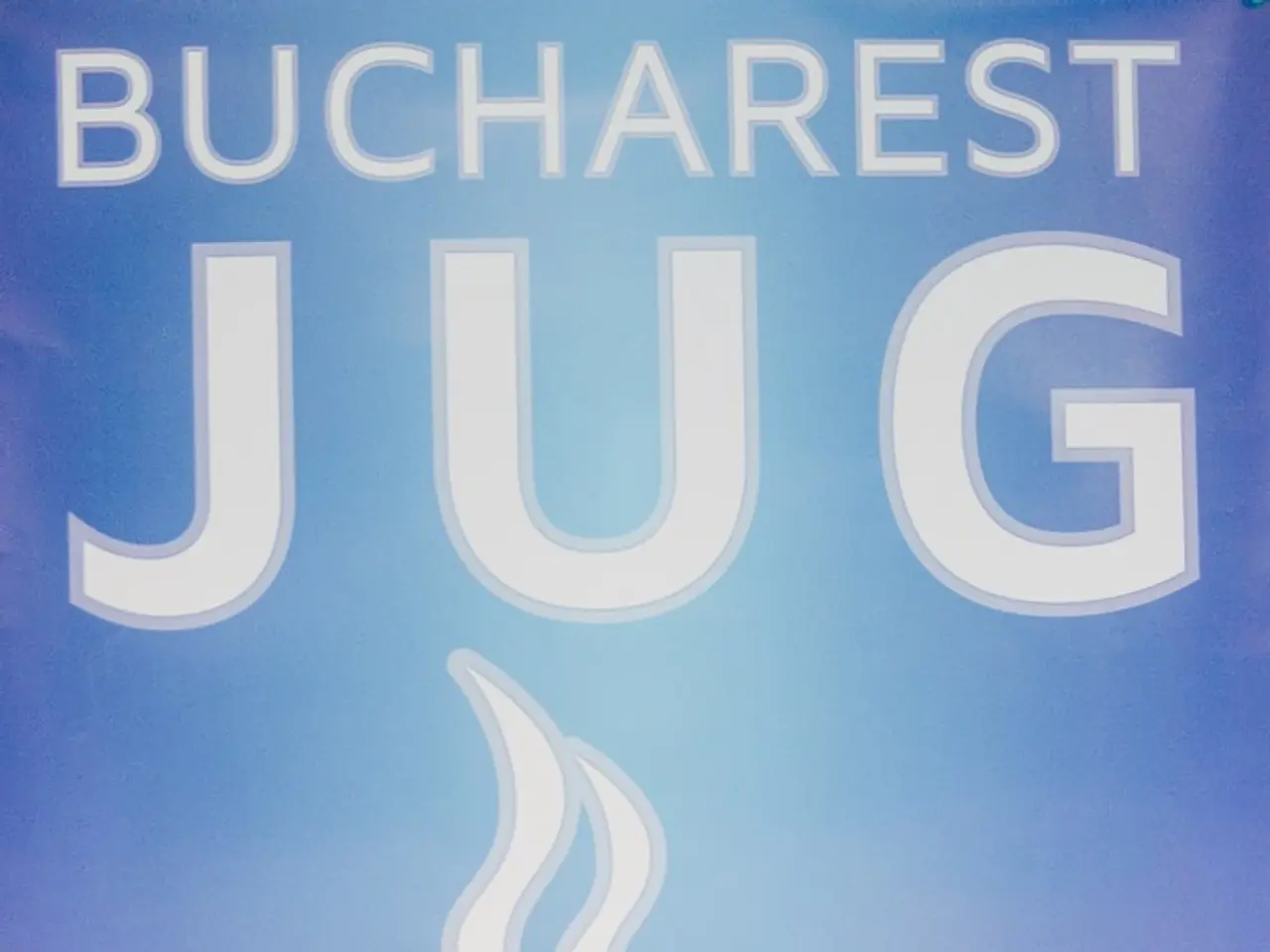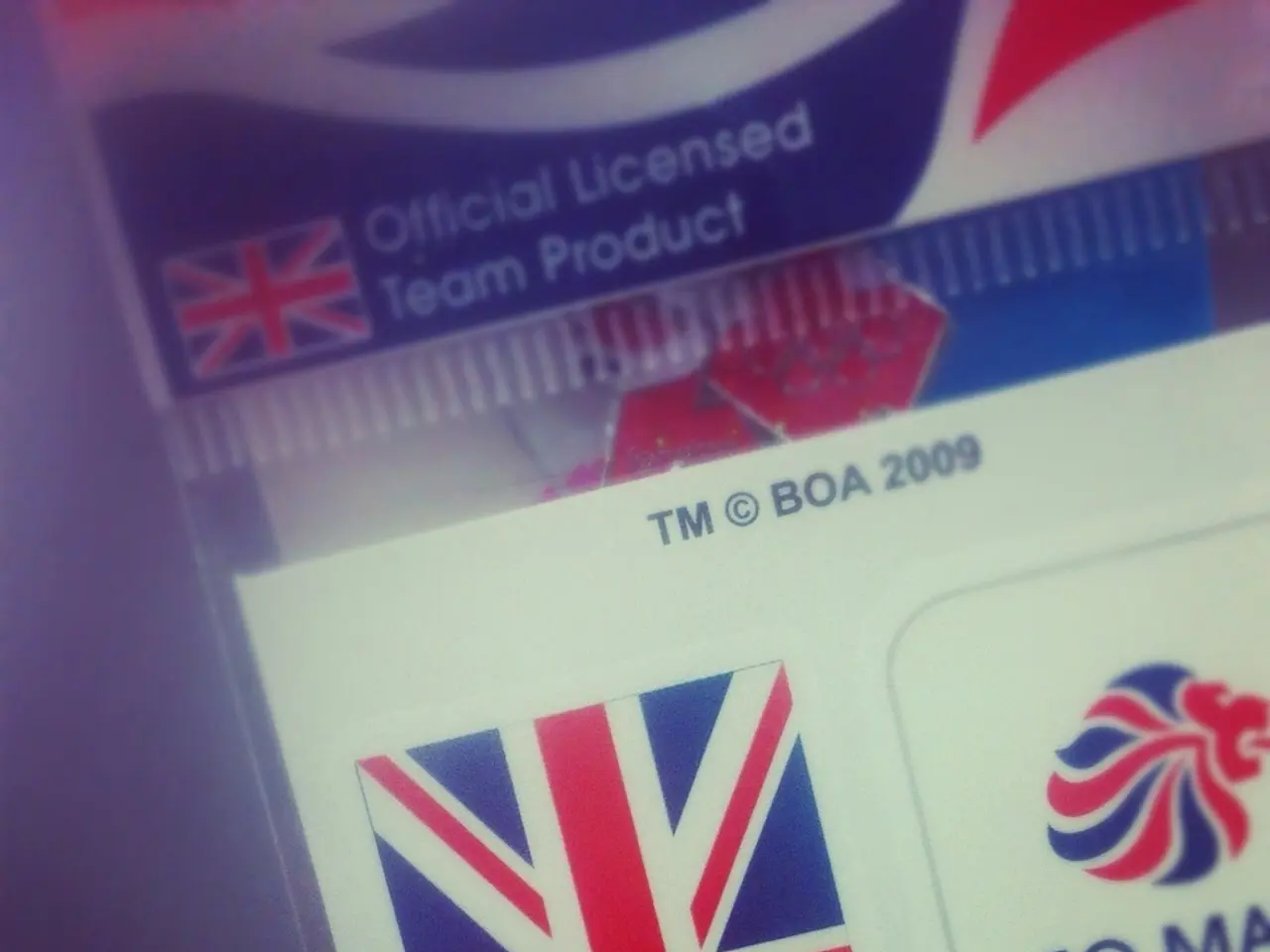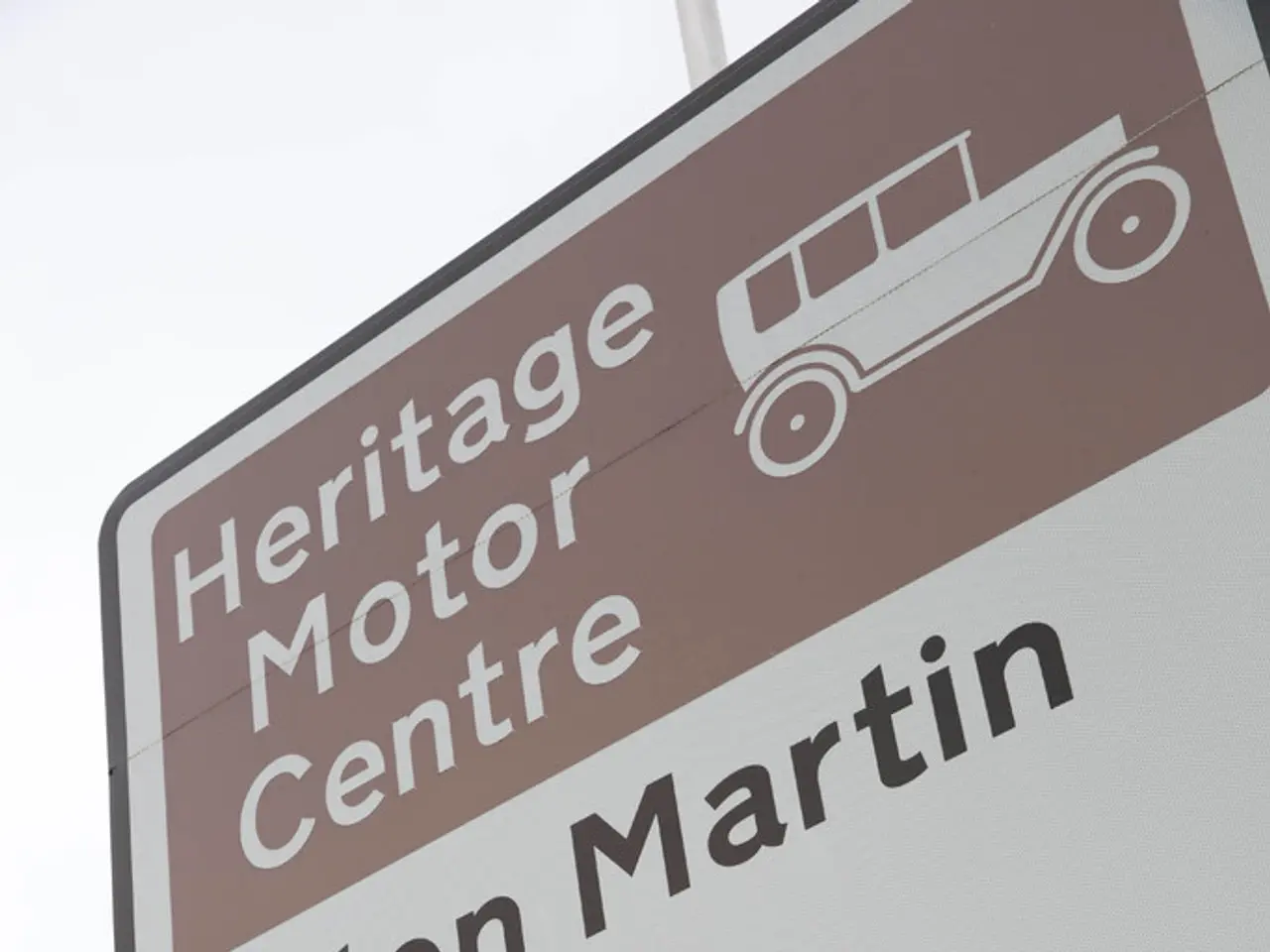Impact of COVID-19 on the UK's Creative Sectors Highlighted in 2021 Creative Radar Report
Creative Radar 2021: UK's Creative Microclusters Show Resilience During COVID-19
The Creative Radar 2021 report, published as part of the Creative Places campaign, offers insights into the migrant and skills needs of creative businesses in the UK. The report, authored by Dr Josh Siepel, Dr Jorge Velez Ospina, Dr Roberto Camerani, Dr Monica Masucci, and Dr Patrizia Casadei, is the second report from PEC researchers at the University of Sussex, funded by the Arts and Humanities Research Council (AHRC).
The report reveals that creative microclusters in the UK showed resilience during the COVID-19 pandemic. These small geographic concentrations of creative businesses, typically found in urban centers, tended to persist and continue operating, despite the challenges posed by the pandemic. This underscores their important role in innovation and economic growth within the creative industries.
The report highlights the tendency of creative companies and practitioners to cluster physically, which supports collaboration and resilience in difficult times. The first report in the series scraped data from the websites of 200,000 creative businesses to create a map of the UK's creative industries. This mapping process uncovered hundreds of creative 'microclusters' around the UK.
Creative businesses within these microclusters grew their employment more than companies outside of microclusters or larger clusters. Being physically close to one another provides economic benefits for these businesses, as it fosters collaboration and innovation.
The report provides independent research and policy recommendations for supporting these clusters. It emphasizes the significance of place-based support for the creative economy, underlining the importance of understanding where creative clusters tend to appear and exploring their impacts on companies, people, and places.
The latest analysis found that the creative economy was surprisingly resilient during the pandemic, despite hardships in certain sub-sectors like Music, Performing Arts, and Visual Arts. The report is being published as part of the PEC's campaign Creative Places, which calls for the government to target funding to creative microclusters around the UK.
An image of the Graffiti Art of Digbeth Walk in Birmingham, England by Creative Nerds is related to the report, symbolizing the vibrant and resilient creative scene in the UK. The report can be referenced as Siepel, J., Velez-Ospina, J, Camerani, R., Bloom, M., Masucci, M. and Casadei, P. 2021) Creative Radar 2021: The impact of COVID-19 on the UK's creative industries.
While no contradictory data or additional quantitative metrics about the level of resilience were found in the search results, the overarching finding is a confirmation of the durability of creative microclusters amid the pandemic pressures. The report does not detail the results of a survey of creative businesses conducted before and during the COVID-19 pandemic, nor does it mention the survey results. No additional information about the related research reports or the impact of the report on the UK's creative industries was provided. No facts about the international trade in creative goods and services were repeated from the previous paragraph. No new facts about the creative economy, creative microclusters, or the Creative Places campaign were mentioned. No image or additional related information was provided for this report. No information about the publishing or funding of this report was provided.
- The Creative Radar 2021 report presents an analysis of the skills needs of creative businesses in the UK, offering insights as part of the Creative Places campaign.
- The report, authored by several researchers at the University of Sussex, focuses on the migrant needs within the creative industries.
- Despite the challenges posed by the COVID-19 pandemic, creative microclusters in the UK demonstrated resilience, highlighting their importance in innovation and economic growth.
- Creative microclusters, physical clusters of creative businesses, tend to persist and continue operating, providing economic benefits due to fostered collaboration and innovation.
- The report offers independent research and policy recommendations, emphasizing the significance of place-based support for the creative economy.
- Creative industries were surprisingly resilient during the pandemic, with certain sub-sectors like Music, Performing Arts, and Visual Arts experiencing hardships.
- The Creative Places campaign calls for the government to target funding to creative microclusters around the UK, with the aim of supporting and strengthening the creative economy.
- An image depicting Graffiti Art of Digbeth Walk in Birmingham, England, symbolizes the vibrant and resilient creative scene in the UK, related to the report.
- The report's authors recommend exploring the impacts of creative clusters on companies, people, and places, and understanding where these clusters tend to appear.
- The second report from PEC researchers at the University of Sussex, funded by the Arts and Humanities Research Council (AHRC), comprises independent research and recommendations for policy and legislation related to the creative industries.




